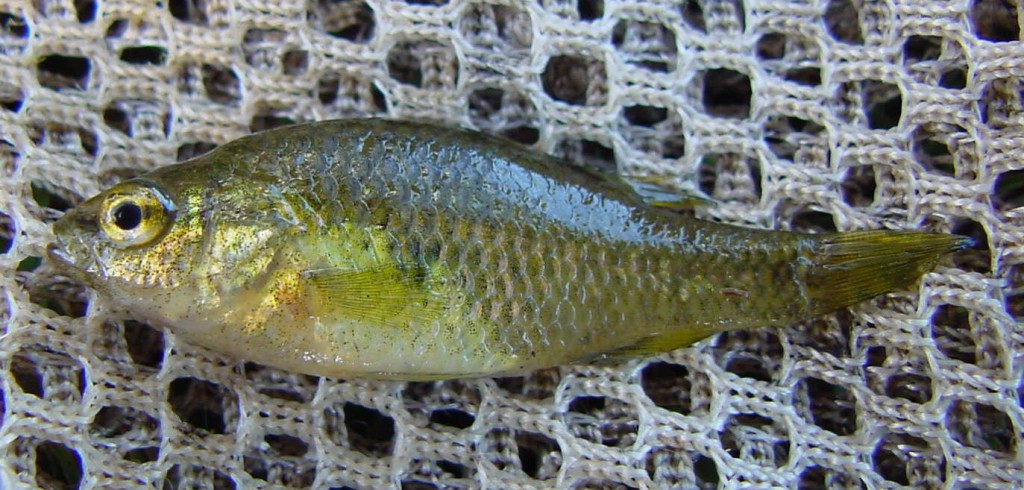The tale of two native fish translocations
Conservation translocations are increasingly considered necessary in the recovery of threatened species. Translocations for population restoration generally fall into two categories:
- Reintroduction: returning a species back to former habitat; or
- Reinforcement: releasing into existing population to bolster numbers and/or improve genetics.
Translocations can be complex, and the reality is that they don’t always work. A great deal of careful consideration must be given to innumerable factors relating to the source population, breeding, and eventual release. Our Aquasave team at NGT are experts in this field and are at the forefront of the conservation translocation of small-bodied freshwater fish and freshwater crayfish. Recently, two scientific articles, co-authored by Nick, were published.
The first discusses genetic diversity of southern pygmy perch during 11 years of conservation management:
- Wedderburn S. D., Whiterod N. S., Vilizzi L. (2022). Occupancy modelling confirms the first extirpation of a freshwater fish from one of the world’s largest river systems. Aquatic Conservation: Marine and Freshwater Ecosystems 32, 258-268. http://dx.doi.org/10.1002/aqc.3755.
The second records the local extinction of the Yarra pygmy perch from the Murray-Darling Basin:
- Marshall I., Brauer C. J., Wedderburn S., Whiterod N. S., Hammer M. P., Barnes T. C., Attard C. R., Moller L. M., Beheregaray L. B. (2022). Longitudinal monitoring of neutral and adaptive genomic diversity in a reintroduction. Conservation Biology, 2022 Jan 13. doi: 10.1111/cobi.13889. Epub ahead of print.
Get in touch with Nick for a copy if you’d like to read the full text.

